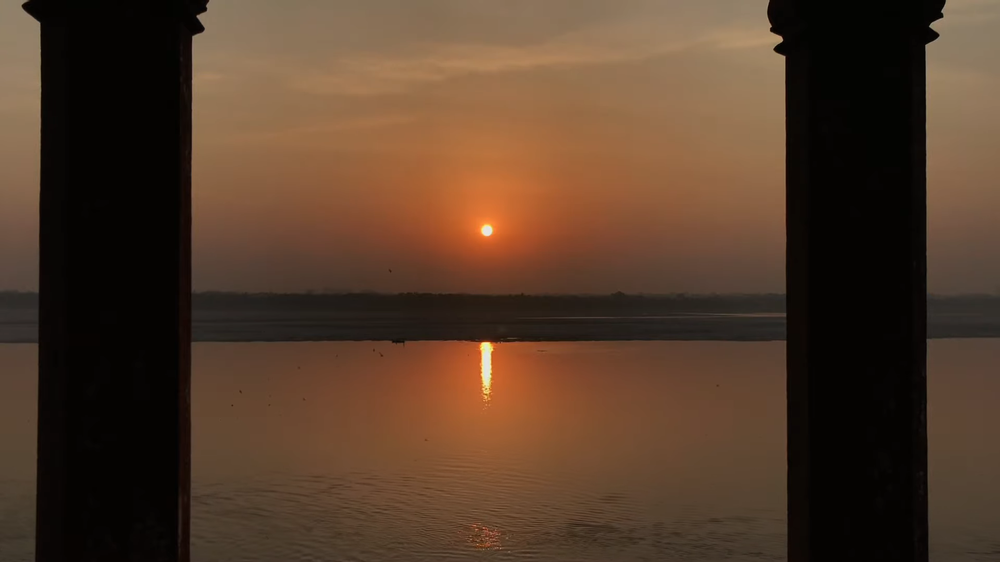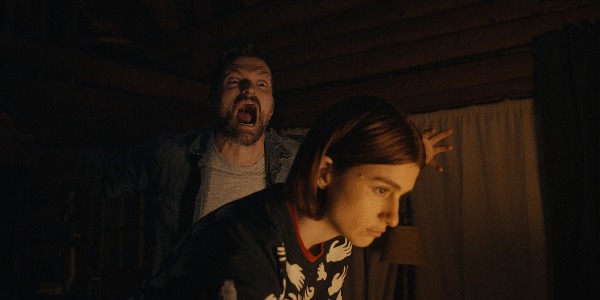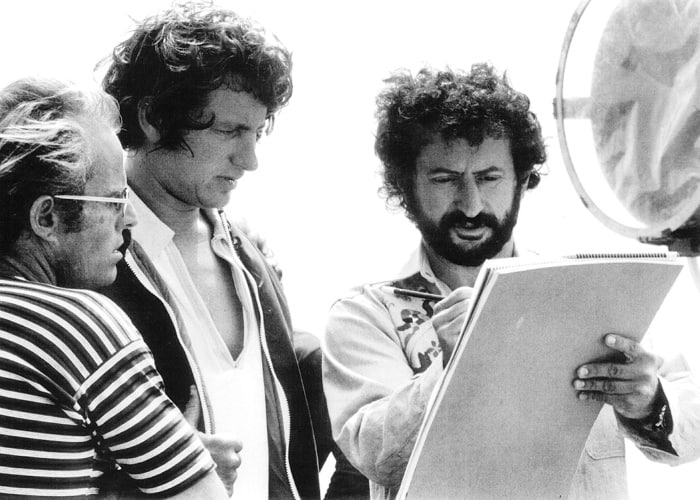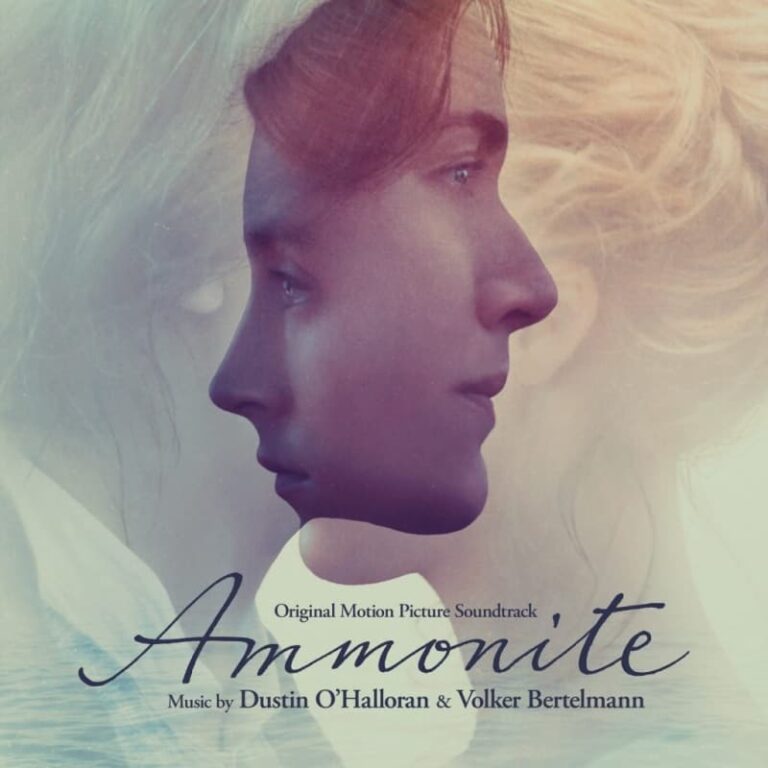Saamaanya Saadhaka Documentary film review
★★★
Directed by: #SrinathRao
Written by: #SrinathRao
Starring: N/A
Film Review by: Theo Rintoul

Unscripted, unearthly, and undeniably pretty; photographer Srinath Rao has created a beautifully framed and composed documentary. This first episode is filmed in Kushinagar and Varanasi – two cities in the state of Uttar Pradesh, India – and Rao uses his photography skills to portray the beauty of the local communities and their interactions with both man-made structures and natural areas. This documentary is 42 minutes of purely iPhone 7 footage, with a flowing episodic feel of 16 scenarios that roll off one another mostly with ease.
It’s impossible to tell that this documentary was filmed on a phone camera, as Rao navigates these vast areas with an organic ease that frames the communities in a way most pleasing to the eye. Using sweeping 360 ° movements to show praying Buddhists and cascading pans that reach entire coasts, hills, and living spaces, there is a sense of largeness that doesn’t detract from the smallest details of the local people that work together in sync. Their movements match the camera’s; slow and steady, woven together with gentle kinetic motion.
The colours are rich, showcasing the most vibrant reds and oranges that bring the environment to life, and Rao utilises his surroundings well to properly show the landscapes, sculptures, and cultures in all their mellow beauty. These shots are accompanied by an ambient soundtrack, comprised of three live recorded songs and background music provided by Archana M. The songs include performances by sufi-saint poet Kabi Das, and there is even a monologue by a local boatman. The documentary includes no English narration, but you understand the feeling and atmosphere of each scenario through the music provided.
The composition and music is very important to this film to convey its messages, especially as an English viewer who doesn’t understand the language; this doesn’t detract at all from the documentary, as there is still plenty to absorb and watch. The episodic narrative stops the film from dragging or feeling long or lost to the viewer, as the mind can start to wander due to the peaceful imagery and relaxing music. The many cuts, edited by Rao himself, keep the film moving along at a good pace whilst also leaving enough time spent on the wider shots for you to have the chance to absorb the images on-screen. Occasionally, though, the transitions seemed slightly jarring as the sound would cut out quickly with the shots, which felt unfitting against the natural flow of the overall film.
With nothing explained in English, no narration at all, and just image and sound to rely on to understand this documentary about an unfamiliar culture, perhaps you’d think there wouldn’t be much to gain from Rao’s piece. However, the rich cultures and landscapes aren’t lost at all as everything is portrayed skilfully through just the lens of a phone – an achievement in itself – and translated on-screen in its wholeness. Hopefully in the next episode everything will be even more harmonious, with no conflicting transitions that occasionally take you out of the film.






